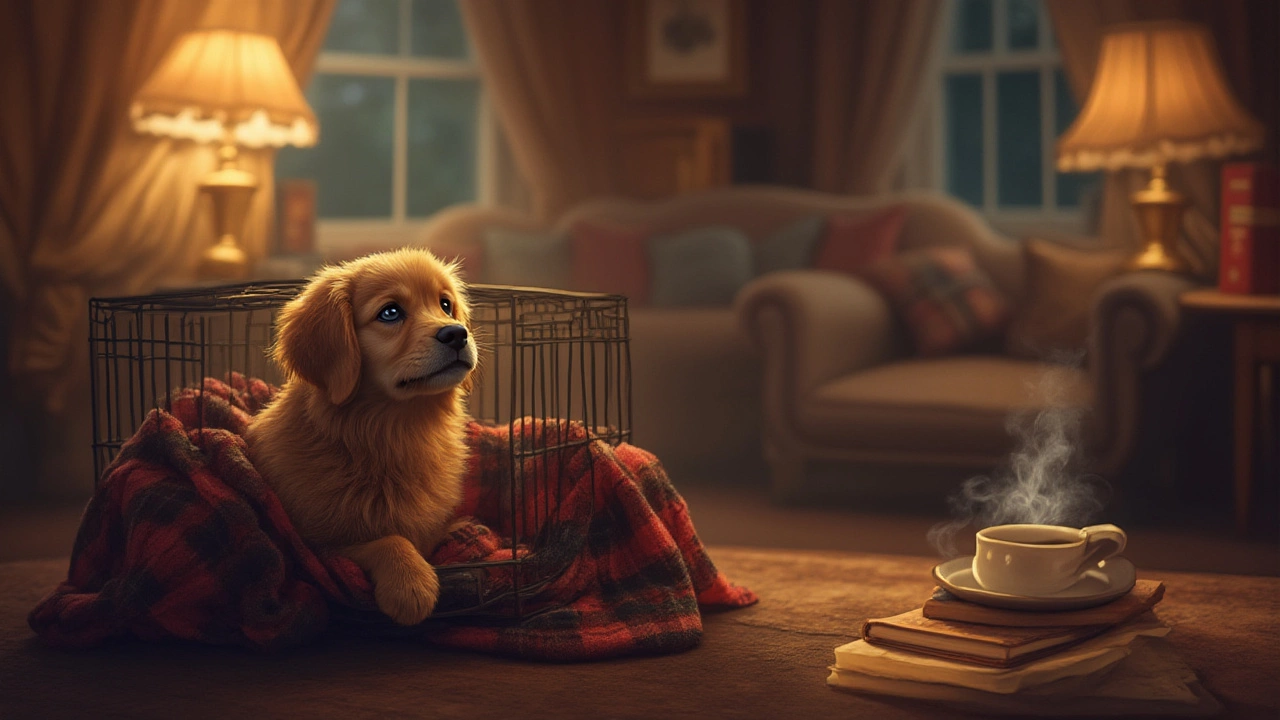Puppy Crate Guide: Choose, Set Up, and Train Your Pup
When you bring a new pup home, a crate can become the most useful piece of gear you own. It gives your dog a safe den, helps with house‑training, and makes travel easier. The trick is to get the right crate and use it the right way from day one.
Choosing the Right Size and Safety Features
First, measure your puppy from the tip of the nose to the base of the tail, then add a few inches. The crate should be tall enough for the pup to sit, stand, and turn around without hitting the ceiling. If you have a fast‑growing breed, add a few extra inches so the crate lasts longer.
Look for crates with sturdy metal bars or a strong plastic frame. The doors need a reliable latch that won’t snap shut on a curious nose. Ventilation is key – four sides should have bars spaced close enough that a paw can’t slip through.
Many owners like a divider panel. It lets you shrink the space as the puppy grows, keeping the den cozy and preventing the dog from using one end as a bathroom.
Effective Crate Training Tips
Start slow. Put the empty crate in a high‑traffic room and leave the door open. Toss a treat or a favorite toy inside and praise your pup when they walk in. This builds a positive association without pressure.
After a few short visits, feed meals inside the crate. Dogs quickly link the space with something good. Keep the door open during meals so the pup can come and go freely.
When you’re ready for short confinement, close the door for 5‑10 minutes while you’re still in the house. Gradually increase the time each day. Never use the crate as punishment; it should stay a happy spot.
If your puppy whines, check for obvious needs – a bathroom break, water, or a cold nose. If everything’s fine, wait a moment before letting them out. Consistent timing teaches them that quiet behavior ends the confinement.
For bedtime, place the crate in a calm area. A blanket or a soft crate pad gives extra comfort, but avoid pillows that could be chewed apart. Some owners put a piece of clothing with their scent for reassurance.
Remember to give plenty of exercise and play before crating. A tired pup is more likely to settle down and sleep.
Common mistakes include choosing a crate that’s too big, leaving treats inside all day, or closing the door for long periods when the puppy still needs bathroom breaks. Watch your dog’s body language; if they’re stressed, step back and shorten the sessions.
When the pup can comfortably hold a bladder for several hours and can stand up without hitting the top, it’s time to consider moving to a larger kennel or a dog‑run. This transition usually happens between 6‑12 months, depending on the breed.
In short, the right crate size, safe construction, and a gentle training plan turn a simple metal box into a secure haven. Your puppy will learn good habits, stay safe while you’re away, and enjoy a personal space that feels like home.
- Morgan Ainsworth
- 0 Comments
Should I Cover My Puppy’s Crate at Night? Safe and Comfortable Solutions Explained
Thinking about covering your puppy’s crate at night? Discover the real benefits, possible risks, and simple tips to help your pup sleep better and feel secure.
View More
